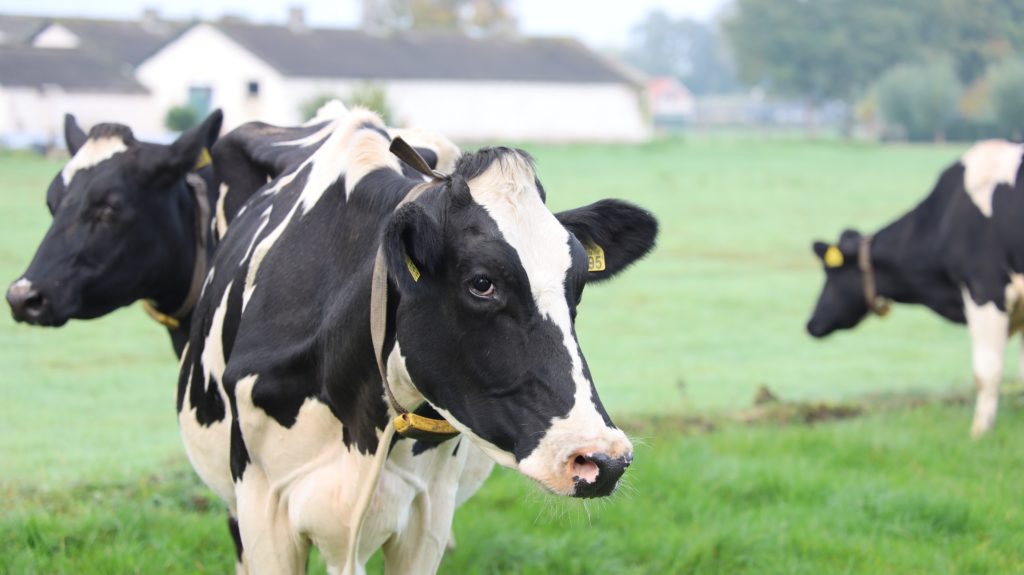What are Greenhouse Gases?
A greenhouse gas is a gas that traps heat in the atmosphere, causing the Earth to warm. Greenhouse gases include carbon dioxide, methane, nitrous oxide, and water vapor (which all occur naturally), and fluorinated gases. The main greenhouse gas responsible for the greenhouse effect is carbon dioxide. Other greenhouse gases like methane and nitrous oxide also contribute to the greenhouse effect.
Greenhouse Gas Emissions
Water vapor is the most abundant greenhouse gas, but it does not cause the Earth to warm as much as carbon dioxide because it only stays in the atmosphere for a short time. Fluorinated gases are man-made gases that stay in the atmosphere for a long time and are very powerful greenhouse gases. The most common fluorinated gas is chlorofluorocarbon-22 (CFC-22). CFC-22 is used in aerosable products such as refrigerators, air conditioners, and spray cans. When these products are released into the atmosphere, they trap heat and cause the Earth to warm.
Carbon Dioxide
Carbon dioxide (CO2) is the most common greenhouse gas. It is released into the atmosphere when we breathe, when animals exhale, and when organic matter decomposes. Carbon dioxide is also released when fossil fuels are burned for energy. power plants burn coal to make electricity, and cars burn gasoline to run. Burning fossil fuels releases carbon dioxide into the atmosphere, where it trap heat and causes the Earth to warm.
Methane

Methane (CH4) is a powerful greenhouse gas that is released into the atmosphere when organic matter decomposes in the absence of oxygen, such as in landfills and wetlands. Methane is also emitted during the production and transport of coal, natural gas, and oil. When methane is released into the atmosphere, it trap heat and causes the Earth to warm.
Nitrous Oxide
Nitrous oxide (N2O) is a greenhouse gas that is released into the atmosphere when nitrogen-containing fertilizers are used on crops, and when organic matter decomposes in the presence of oxygen. When nitrous oxide is released into the atmosphere, it trap heat and causes the Earth to warm.
Greenhouse Effect
The greenhouse effect is a natural process that helps to regulate the Earth’s temperature. Without the greenhouse effect, the Earth would be too cold to support life. However, the increased levels of greenhouse gases in the atmosphere from human activity are causing the Earth to warm (global warming) at an unprecedented rate. This rapid climate change is a threat to human health and wellbeing, as well as ecosystems around the world.
There are many ways to reduce greenhouse gas emissions. One way is to use less energy. Another way is to use cleaner energy sources, such as solar energy and wind power. Reducing deforestation and promoting reforestation are also effective ways to reduce greenhouse gas emissions.
Carbon Offsets
Another way to reduce greenhouse gas emissions is through carbon offsets. Carbon offsets are when someone pays to have greenhouse gas emissions reduced in another part of the world to offset their own emissions. For example, if you fly on an airplane, you can purchase a carbon offset to fund a project that reduces deforestation. Carbon offsets provide a way for people to reduce their greenhouse gas emissions without changing their own behavior.
Voluntary Carbon Market
The voluntary carbon market is a market where businesses and individuals can buy and sell carbon offsets. The voluntary carbon market is different from the compliance carbon market, which is a market created by governments to help meet their emissions targets. The voluntary carbon market is much smaller than the compliance carbon market, but it is growing.
According to the World Bank, the value of the voluntary carbon market was worth $176 million in 2016. The top five countries for voluntary carbon market activity are the United States, Canada, China, India, and Brazil. The United States is the largest market for voluntary carbon offsets, with a value of $94 million as of 2016.
Greenhouse Gases & Climate Change
Greenhouse gases directly contribute to climate change. Climate change is a long-term alteration of temperature and typical weather patterns in a place. Climate change could result in more extreme weather events, such as hurricanes, floods, and droughts. It could also cause sea level rise, which would impact coastal communities. Climate change is a threat to human health, the environment, and economic growth.
Effects on Human Health
Greenhouse gases can have a direct impact on human health. For example, ozone is a greenhouse gas that is harmful to breathe. Ozone can cause respiratory problems, including asthma and bronchitis. Additionally, climate change can indirectly impact human health by increasing the spread of diseases. As the Earth warms, mosquitoes that carry diseases like malaria and dengue fever will be able to survive and thrive in more places. Climate change is also a threat to food security, as it can cause crop failures. This can lead to malnutrition and even starvation.
Effects on the Environment
Greenhouse gases not only impact human health, but they also harm the environment. For example, acid rain is caused by emissions of sulfur dioxide and nitrogen oxide, which are greenhouse gases. Acid rain can damage plants, animals, and buildings. Additionally, climate change is a major threat to biodiversity. As the Earth warms, many species will not be able to adapt and will go extinct. Climate change could cause the extinction of up to one million plant and animal species by 2050.
Threat to Food Security by Greenhouse Gases
The threat to food security by greenhouse gases is twofold. First, climate change can directly impact crop yields. For example, extreme weather events like floods and droughts can damage crops. Additionally, climate change can indirectly impact food security by causing the spread of diseases to crops. For example, a plant disease called wheat rust has been spreading due to warmer temperatures. Wheat rust can decimate entire wheat crops, leading to bread shortages and price hikes.
Greenhouse Gases & Economic Growth
Greenhouse gas emissions not only threaten human health and the environment, but they also impede economic growth. Climate change can damage infrastructure and disrupt supply chains. Additionally, it can cause displacement of people and lead to conflict.
Climate Refugees
Climate refugees are people who are forced to leave their homes because of the effects of climate change. For example, rising sea levels have led to the displacement of people in coastal communities. Climate refugees often face difficult challenges, such as finding new jobs and homes. Additionally, they may struggle to find acceptance in their new communities.

